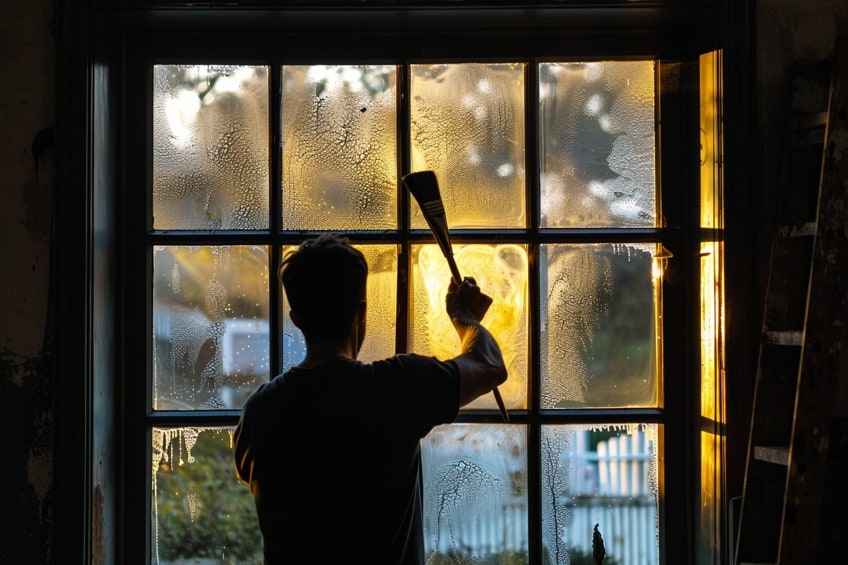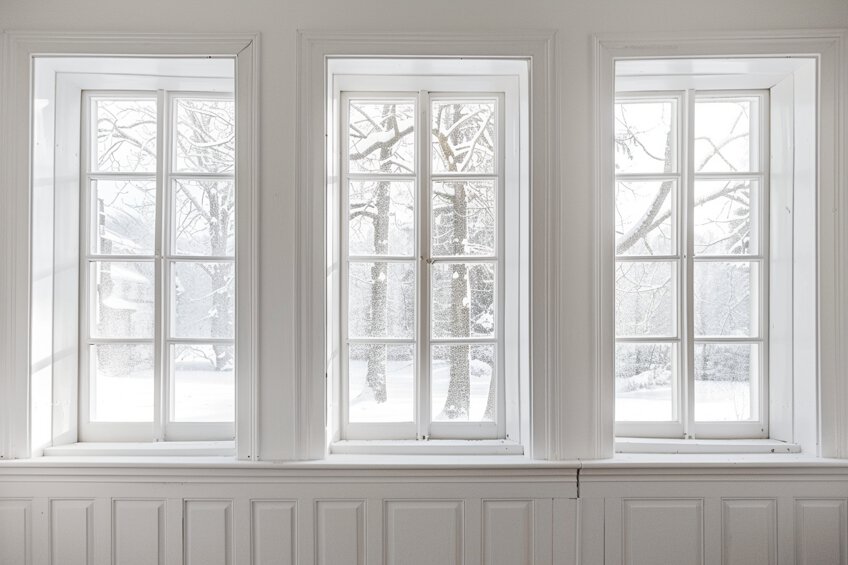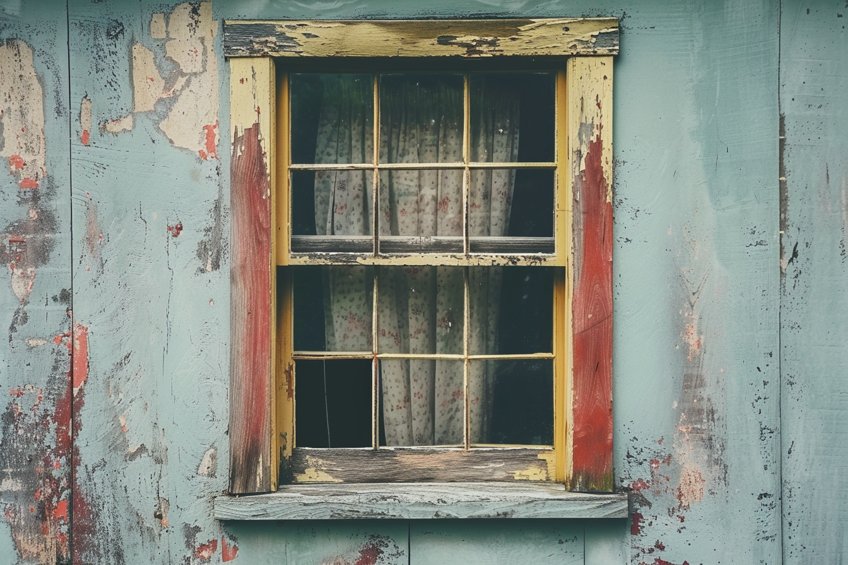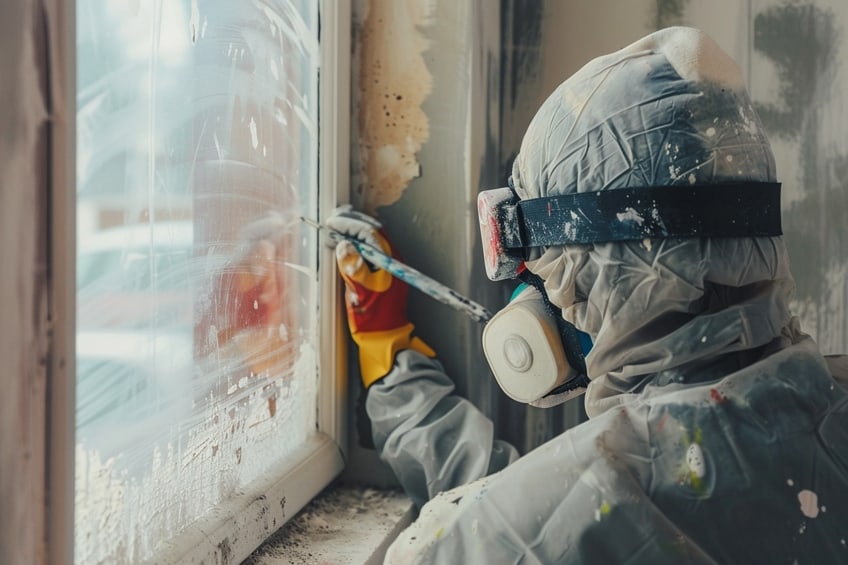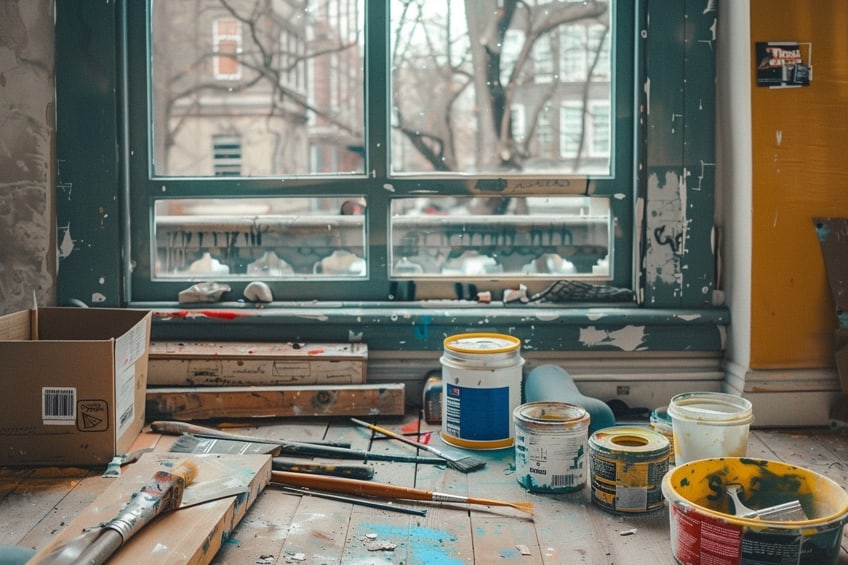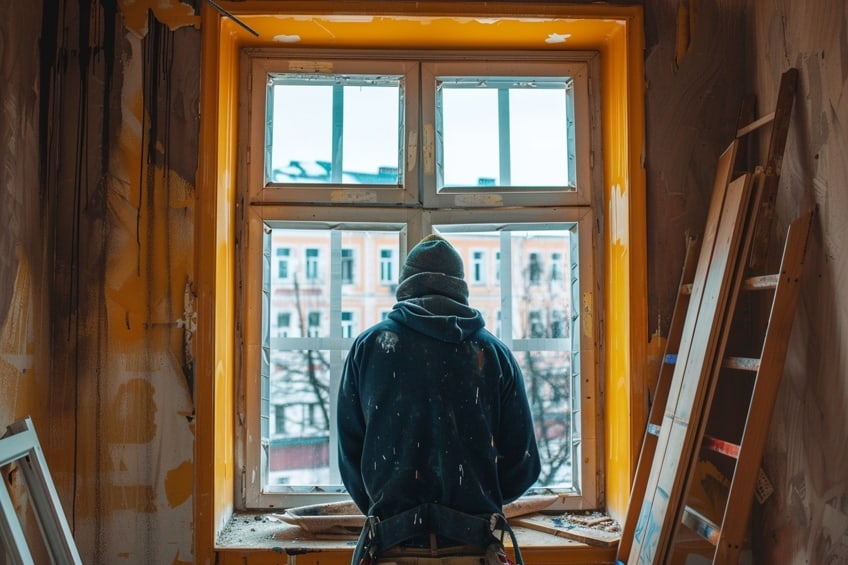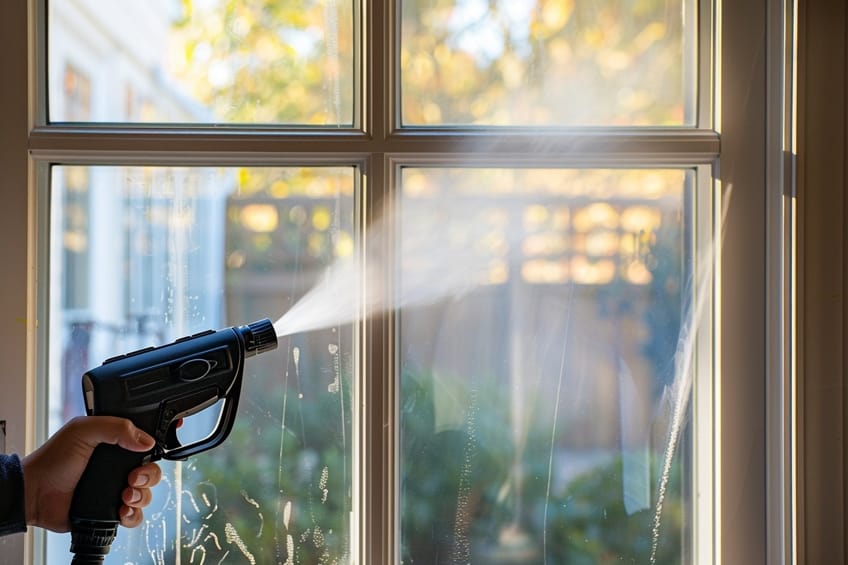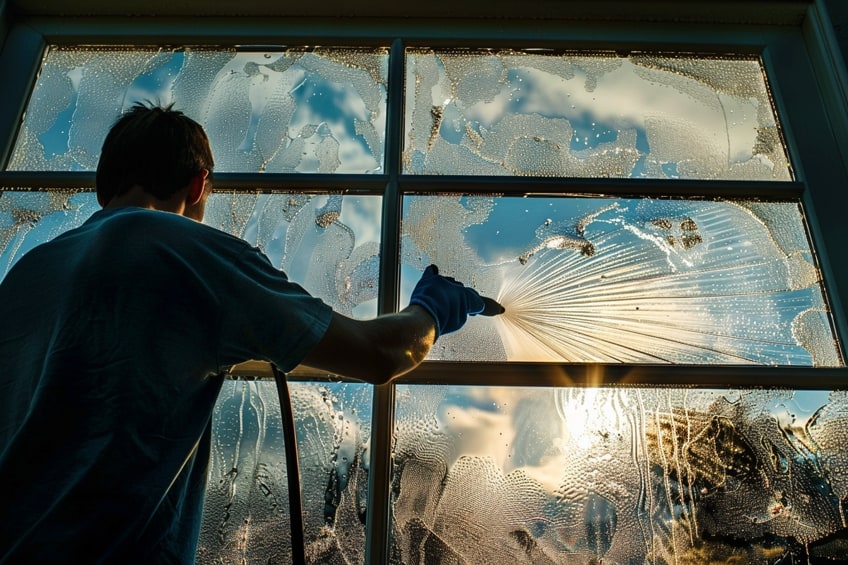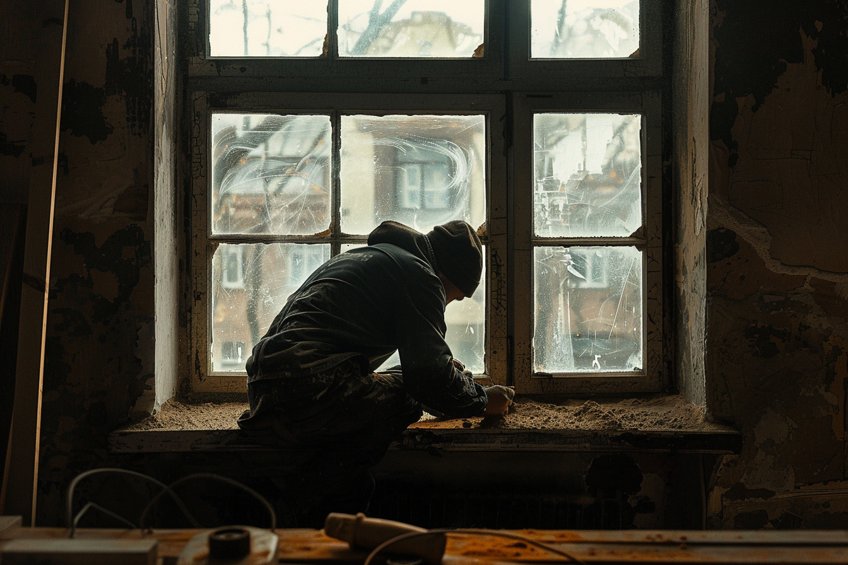How to Open Painted-Shut Windows – Cracking the Code
This post may contain affiliate links. We may earn a small commission from purchases made through them, at no additional cost to you. You help to support resin-expert.com
Are you tired of wrestling with stubborn, painted-shut windows? Fear not, fellow DIY enthusiast! In this article, we’re diving into the art of liberating those stuck windows with finesse and flair. Say goodbye to the frustration of tugging and pulling, and hello to smooth, breezy openings that let the sunshine in. Get ready to unlock the secrets (literally!) of how to open painted-shut windows like a pro. Let’s roll up our sleeves and make those windows sing again!
Table of Contents
Key Takeaways
- Opening painted-shut windows involves careful technique to avoid damage.
- Prioritizing safety is essential, particularly in homes with possible lead paint.
- Proper tools, techniques, and post-opening maintenance are critical for success.
Why Do Windows End Up Being Painted Shut?
Painted-shut windows are a common issue in older homes, where layers of paint over the years can seal a window shut. It’s a problem that can hinder ventilation and even pose a safety risk in case an emergency exit is required. Opening them requires a certain finesse to ensure the window isn’t damaged in the process. Factors contributing to this issue include:
- Multiple paint jobs: Repeated application of paint to window frames without proper precautions can lead to the sash being sealed shut.
- Lack of precision: Paint can seep onto the window tracks and sashes if painters do not tape off the areas or use paint shields.
- Exterior painting: Windows might be inadvertently painted shut from the outside, particularly in older buildings where precision may be overlooked.
- Age of the house: In older homes, it is more likely for windows to have multiple paint layers, creating a stronger seal over time.
- Weather conditions: Painting during high humidity can result in windows sticking due to the swelling of wood and slow drying of paint.
Tips for preventing windows from getting painted shut:
- Use painter’s tape along the edges where the window sash meets the frame.
- Apply thin coats of paint rather than thick, overlapping ones.
- Open and close the windows several times during the drying process to avoid sticking.
Understanding these factors assists homeowners in taking preventative measures to maintain functional windows. Regular maintenance and careful painting practices are key to preventing windows from becoming painted shut.
Safety Precautions and Initial Assessments
Before attempting to open a painted-shut window, it’s important to recognize the kind of paint that’s been used, as older homes may contain lead-based paint. Safety should be the foremost priority, not just in terms of preventing damage to the window, but also in protecting oneself from potential health hazards.
This is essential to avoid health risks and potential damage to the window and home.
Identifying Lead Paint and Safety Measures
If the home was built before 1978, there is a significant possibility that lead-based paint was used on the windows. One should use a lead paint test kit to determine its presence. Upon confirmation of lead paint, personal protective equipment is paramount. Safety gear includes wearing protective gloves and a certified respirator mask to prevent lead inhalation or ingestion.
Inspecting the Window and Identifying Paint Seal
Carefully examine the window’s edges and crevices for visible paint seal, which is the layer of paint causing the window to stick. Common areas where paint seal is found include between the sash and the frame, along the window’s opening mechanism, and between the window sash and the stop bead. Assess the window for any damage or areas that may be vulnerable to force.
Applying too much pressure can lead to breaking or cracking, which is why gentle methods should be attempted first.
Tools and Materials
Opening a painted-shut window requires a set of specific tools and materials to ensure the task is carried out efficiently and safely. The list below outlines the essential items one would need.
Tools
- Putty knife: A flexible blade for slicing through paint layers without damaging the wood.
- Utility knife: For scoring the paint along the window seams.
- Paint scraper: Helpful for removing paint buildup on the window sash and frame.
- Pry bar: A flat pry bar can assist in gently prying open the window.
- Hammer: Sometimes used lightly with a pry bar to tap and loosen the window edges.
Materials
- Lubricant: A silicone-based lubricant can ease the window movement post-separation.
- Masking tape: To protect areas of the window frame during paint removal.
Usage
- Begin by carefully scoring the painted edges with the utility knife.
- Gently insert the putty knife or paint scraper into the seam and tap lightly with the hammer if necessary.
- The pry bar might come into play if the window remains stuck after using the lighter tools. Use it sparingly to avoid damage.
- After successfully opening the window, apply lubricant to the moving parts to aid future operation.
It’s important not to rush the process and to be conscious of the possibility of wood damage or glass breakage. Taking a careful and measured approach will yield the best results in freeing a painted-shut window.
Techniques for Opening Painted-Shut Windows
When a window sash is painted shut, opening it requires careful methods to avoid damage to the wood and the painted surface.
Gentle Methods for Stuck Windows
For windows stuck due to layers of paint, one should begin with the least invasive techniques. A putty knife can be an effective tool. It can be gently slid between the window sash and frame to pry the painted areas apart. This method reduces the risk of damage to the wooden parts.
It can be helpful to work progressively and patiently around the window seams, where the paint typically seals the sash shut.
Lubricants like WD-40 or a mixture of dish soap and water can be applied to the seams to loosen the bond. After application, wait a few minutes and then attempt to open the window gently by lifting the sash or using the putty knife for additional leverage.
Using Heat or Solvents
If gentle prying does not work, introducing heat can soften the paint, making it easier to open the painted-shut window. A heat gun directed at the painted seam can be utilized cautiously to avoid scorching the wood or paint. Moving slowly and evenly across the seam softens the paint, after which the putty knife can once again come into play. Alternatively, a solvent specifically designed to break down paint can be applied.
After ensuring the chosen solvent will not damage the wood or paint, apply it according to the manufacturer’s instructions and allow it to penetrate the paint seal before attempting to open the sash. When using a heat gun or solvents, appropriate safety measures, such as protective gloves and ample ventilation, are important. This helps prevent inhaling fumes or causing unintentional damage to the window frame and surrounding areas.
Post-Opening Process and Maintenance
Once a window has been opened after being painted shut, it’s crucial to address any damage caused to the components and to apply protective measures to ensure smooth operation in the future.
Cleaning and Repairing Window Components
After successfully opening the window, one should thoroughly clean the window frame, sill, and stops to remove any loose paint, dust, or debris. This can be done using a soft brush or vacuum. In some cases, components may be damaged and necessitate repair. It’s important to check all moving parts and fix any issues to prevent further problems.
If the damage is extensive, contacting a window repair professional is recommended.
Sanding, Priming, and Repainting
Carefully sand the edges of the window frame, sill, and stops to create a smooth surface. This step is essential to remove the remnants of old paint that contributed to the window being stuck. Before applying fresh paint, prime the sanded areas with a high-quality exterior primer. This will ensure better paint adhesion and protect the wood from moisture and other elements.
For repainting, start by applying a thin, even layer of fresh paint to all the primed areas. Make sure each layer of paint dries completely before applying the next one to prevent sticking in the future. By meticulously cleaning, sanding, priming, and repainting window components, long-term functionality and aesthetic appeal are preserved. Regular maintenance should be performed to prevent future windows from becoming painted shut.
Congratulations, you’ve mastered the art of opening painted-shut windows! With a little elbow grease and some clever techniques, you’ve transformed frustrating stuck windows into smooth operators. Now, every time you open those windows, it’s a victory dance of DIY success. Remember, persistence and creativity are your allies in the world of home improvement. So go ahead, enjoy the fresh air and the satisfaction of a job well done!
Frequently Asked Questions
What Is the Best Method to Open a Window That Has Been Painted Shut?
The best method to open a window that has been painted shut involves gently scoring the seam where the window frame meets the sash with a utility knife, then using a putty knife or a painter’s tool to carefully pry the window open without damaging the wood.
Is There a Specific Technique to Open Painted-Shut Windows from the Exterior?
From the exterior, one should first remove any screens and then carefully score the painted seams with a utility knife. Next, a putty knife should be tapped into the seam with a hammer to break the paint seal. Working around the window sash will eventually loosen it to allow the window to be opened.
What Are Some Tips for Opening Windows That Are Painted Shut During Cold Weather?
During cold weather, paint can become more brittle and windows more difficult to open. It is recommended to gently warm the seam with a hairdryer to soften the paint. This should be done cautiously to avoid damaging the window with excessive heat. Then proceed with the scoring and prying techniques.
How Much Does It Typically Cost to Have a Professional Open Painted-Shut Windows?
The cost of having a professional open painted shut windows varies depending on the number of windows and the complexity of the job. On average, homeowners might expect to pay between $50 to $100 per window. However, obtaining multiple quotes for the service is advisable for accurate pricing.



